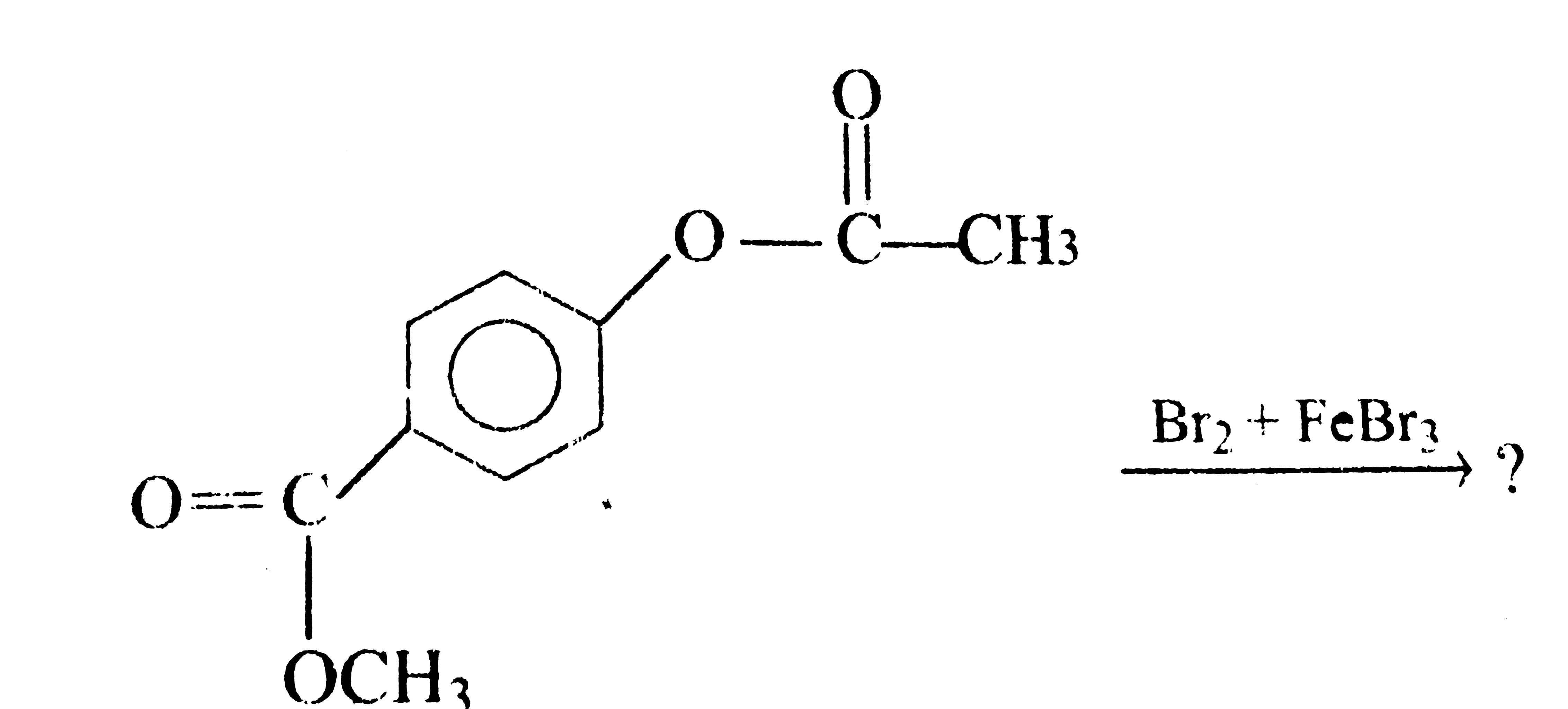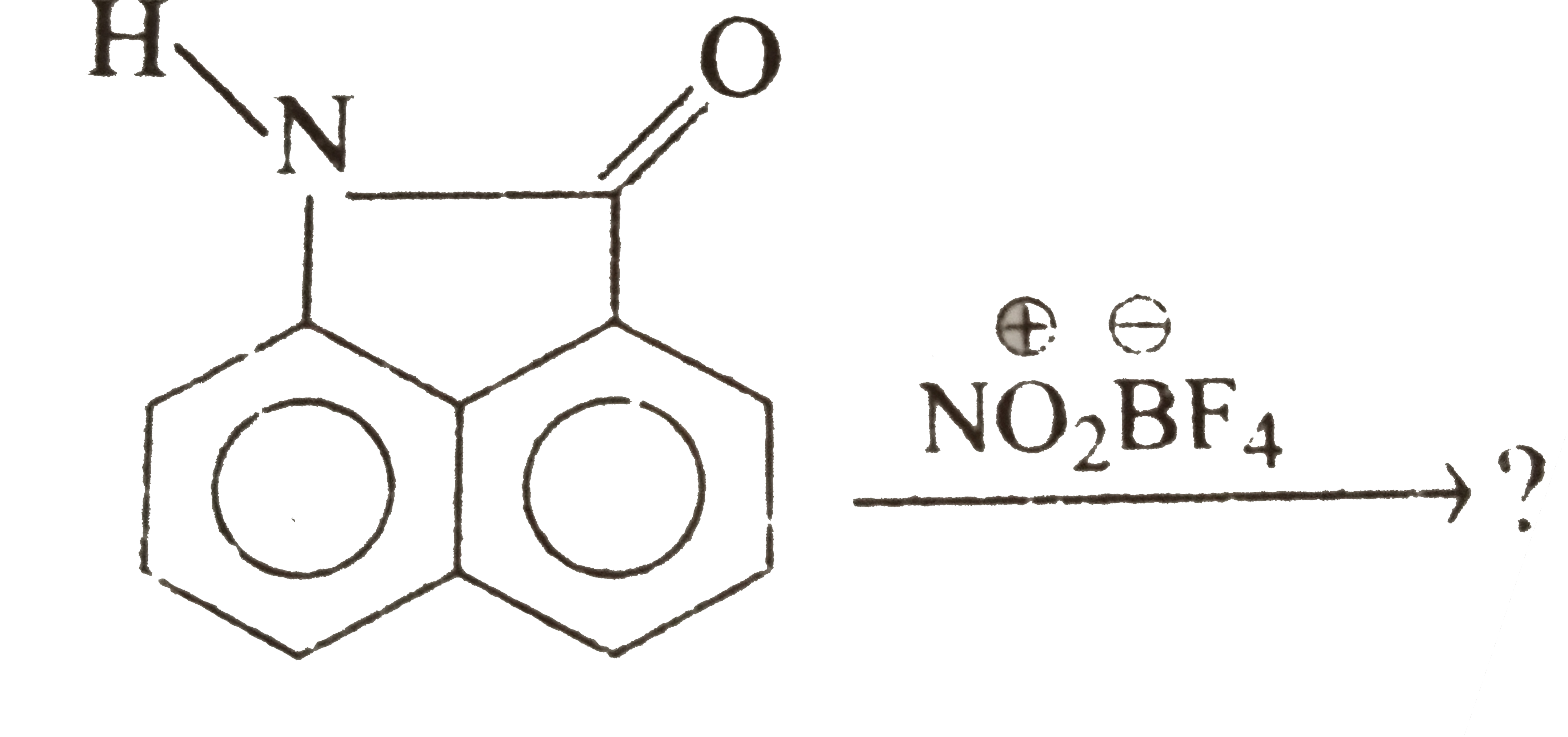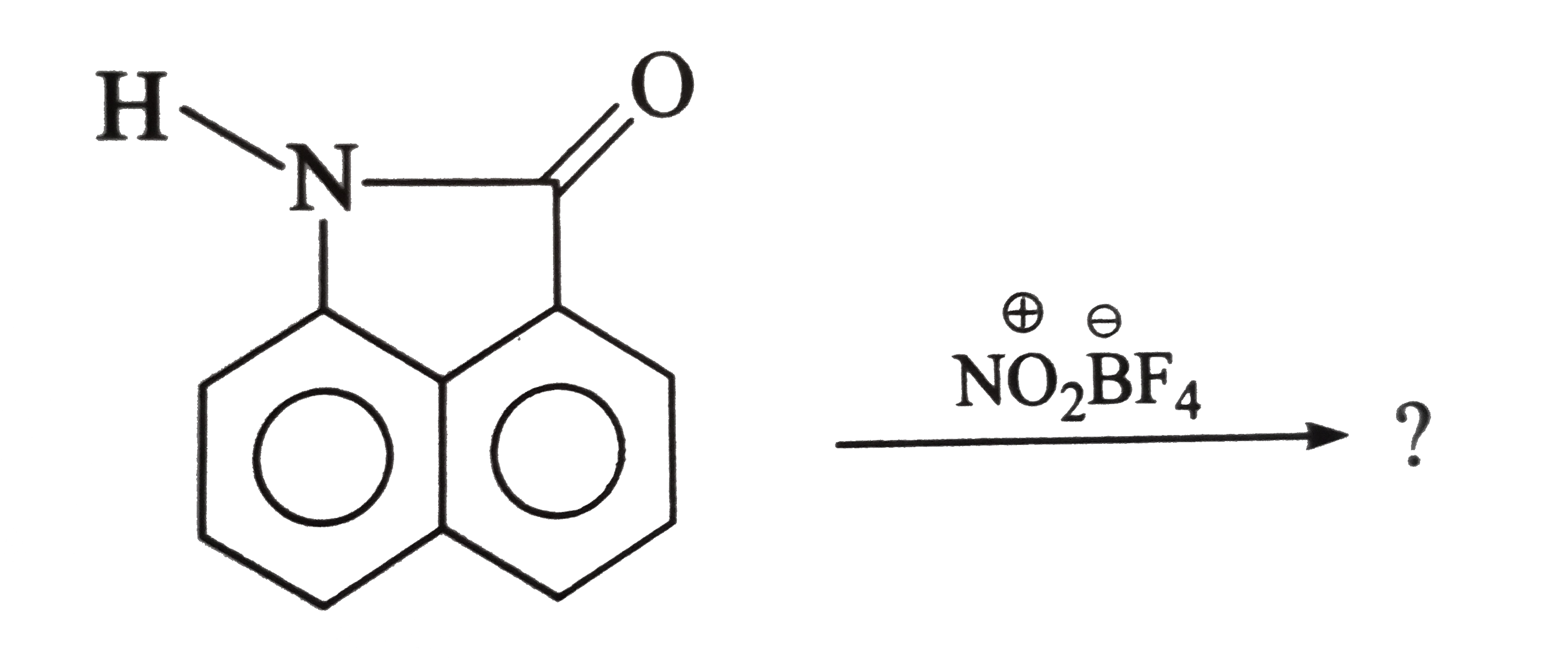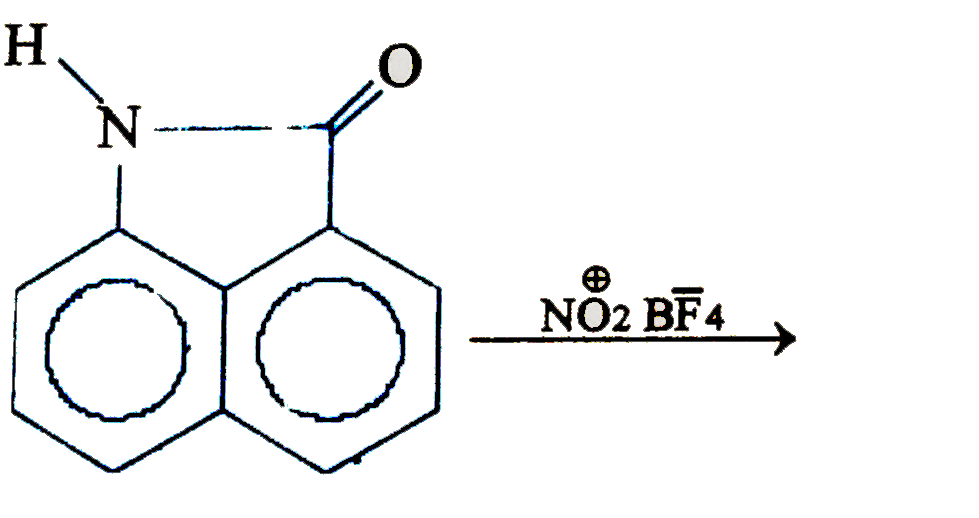An activating group
activates only o- and p- positions
deactivates m-position
activates o- and p- more than m-position
deactivates m- more than o- and p- positions.
The correct Answer is:C
Activates o- and p - more than m - position.
Topper's Solved these Questions
- AROMATIC COMPOUNDSBOOK - MTG-WBJEECHAPTER - AROMATIC COMPOUNDSEXERCISE - WB WORKOUT (CATEGORY 2 : Single Option Correct Type)
15 Videos
- AROMATIC COMPOUNDSBOOK - MTG-WBJEECHAPTER - AROMATIC COMPOUNDSEXERCISE - WB WORKOUT (CATEGORY 3 : One or More Option Correct Type)
10 Videos
- APPLICATION ORIENTED CHEMISTRYBOOK - MTG-WBJEECHAPTER - APPLICATION ORIENTED CHEMISTRYEXERCISE - WB JEE PREVIOUS YEARS QUESTIONS (CATEGORY 1 : Single Option Correct Type)
1 Videos
- ATOMIC STRUCTUREBOOK - MTG-WBJEECHAPTER - ATOMIC STRUCTUREEXERCISE - WB JEE Previous Years Questions (CATEGORY 2 : Single Option Correct Type (2 Marks)
1 Videos
Similar Questions
If aromatic ring is substitued by more than groups then electrophilic aromatic substitution reaction take place according to more activating group. Type of group which donate electron in aromatic ring known as activating group

Find out correct product of reaction .
View SolutionIf aromatic ring is substitued by more than groups then electrophilic aromatic substitution reaction take place according to more activating group. Type of group which donate electron in aromatic ring known as activating group
Find out major product of following reaction :

View Solution
Knowledge Check
Which of the following statement is /are correct ?
An activating group is an electron releasing group
2. An activating group activate all position of benzene ring
3. The effect of any group whether activating or decativating is the strongest at ortho and para position in the benzene ring
4. An activating group activate only the ortho and para position in benzing ringA2,3B1,3,4C1,2,3D1,2,3,4Amongst the following, moderately activating groups is
A−NHRB−NHCOCH3C−OHD−CH3Amongst the following, moderately activating group is
A−NHRBNHCOCH3C−NR2D−CH3
If aromatic ring is substituted by more than groups then electrophilic aromatic substitution reaction take place according to more activating group. Types of group which donate electron in aromatic ring known as activating groups.
Find out major product of following reaction :

View SolutionIf aromatic ring is substitued by more than groups then electrophilic aromatic substitution reaction take place according to more activating group. Type of group which donate electron in aromatic ring known as activating group
Major product formation take placed at which position in this reaction :

View SolutionIf aromatic ring is substituted by more than groups then electrophilic aromatic substitution reaction take place according to more activating group. Types of group which donate electron in aromatic ring known as activating groups.
Major product formation take place at which position in this reaction:

View SolutionIf aromatic ring is substituted by more than one group then electrophilic aromatic substitution reaction take place according to more activating group. The group which donates electrons to aromatic ring knwn as activating group and which withdraw electrons from the ring is called electron withdrawing group. generally all lectron releasing groups activates benzene ring towards electrophilic substitution and electron withdrawing groups deactivates ring towards electrophilic substitutions.
Q. Find out major product of following reaction
View SolutionIf aromatic ring is substituted by more than one group then electrophilic aromatic substitution reaction take place according to more activating group. The group which donates electrons to aromatic ring knwn as activating group and which withdraw electrons from the ring is called electron withdrawing group. generally all lectron releasing groups activates benzene ring towards electrophilic substitution and electron withdrawing groups deactivates ring towards electrophilic substitutions.
Q. Major product formation takes place at which position when the following is subjected for E⊕ substitution

View Solution
